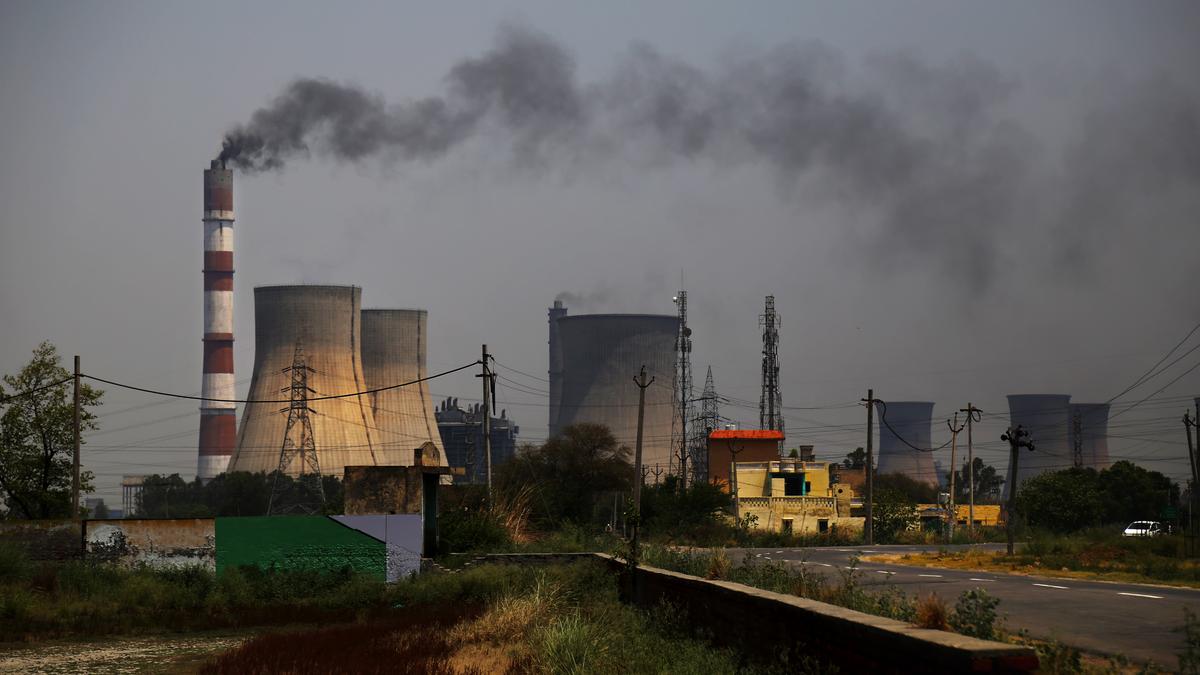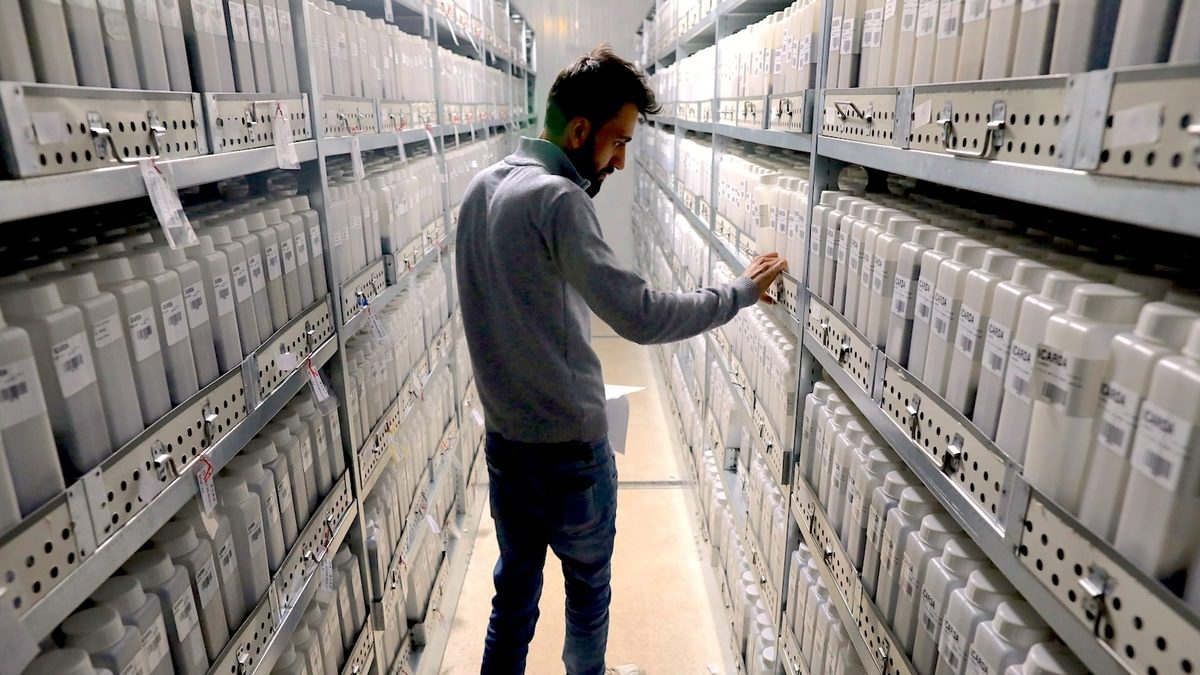New GRI standards require deeper disclosure on social impact and climate transition plans
The revisions are closely aligned with other voluntary and mandatory disclosure frameworks, including the Greenhouse Gas Protocol and International Sustainability Standards Board. The post New GRI standards require deeper disclosure on social impact and climate transition plans appeared first on Trellis.

The Global Reporting Initiative (GRI)), which develops and maintains standards that more than 14,000 companies worldwide use to disclose emissions and other environmental updates, is revising its widely used climate change and energy standards.
The modifications announced June 26 require companies to share more information about how their strategies to address climate change and the phaseout of fossil fuels impact society in a much larger way than do existing versions. They take effect in January 2027 and will be piloted before the end of 2025.
The two standards are used by two-thirds of businesses that use GRI methodologies to report progress to stakeholders, including employees, customers and investors. They were developed by a technical committee selected by the Global Sustainability Standards Board, which governs a process that requires updates every three to five years.
“Climate change is a deeply human issue, as much as it is an environmental one, and these new GRI standards are unique in bringing these dimensions together,” said GRI CEO Robin Hodess.
The original GRI framework for climate change disclosures was introduced 25 years ago; it’s the most widely used voluntary reporting methodology. The update, GRI 102: Climate Change, mandates deeper disclosure about the impact of climate transition plans on workers, Indigenous people and nature. The other update, GRI 103: Energy, more closely guides disclosures related to energy efficiency and transitioning to renewables, and encourages “responsible” energy use.
“Data is a torch that can help light the way to accountability,” Hodess said.
‘One data set’
To appease reporting-weary sustainability practitioners, GRI prioritized aligning the two updates with other key standards and methodologies, notably the IFRS S2 climate-related disclosures, managed by the International Sustainability Standards Board (ISSB).
What that means: Companies that create reports using the IFRS disclosure process can use the same information for GRI. “This will enable companies to prepare just one set of GHG emissions disclosures … to meet the relevant requirements in both standards,” said Sue Lloyd, vice chair of the ISSB.
The updates also closely align with:
- The current edition of the Science Based Targets initiatives Corporate Net Zero Standard
- Emissions accounting methodologies from the Greenhouse Gas Protocol (GRI is involved in the GHG Protocol that’s in progress this year)
- European Sustainability Reporting Standards, including ESRS E1
GRI released a new digital resource on June 19, called the GRI Sustainability Taxonomy, that companies can use for online data collection and filing. The format for that tool is aligned with similar ones for the European Sustainability Reporting Standards and for standards from the ISSB.
The post New GRI standards require deeper disclosure on social impact and climate transition plans appeared first on Trellis.


















































































































































